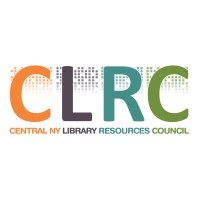
Central New York Library Resources Council
The Central New York Library Resources Council, familiarly known as CLRC, was formed in 1967 as one of nine Reference and Research Library Resources councils ("3Rs") in New York State. CLRC serves libraries and library systems in four Central New York counties: Herkimer, Madison, Oneida, and Onondaga. CLRC members share in the benefits of Council programs and services which are approved by a Board of Trustees elected by the Council membership. Advice and planning assistance are given by CLRC members serving on Standing and Program Committees. CLRC member institutions pay dues and actively participate in Council services including support for database building, access to regional resources, interlibrary loan, and delivery of materials among libraries. Other services available include sponsorship of continuing education events, promoting legislative efforts on behalf of libraries, and communications. Members also benefit from a variety of grant programs.






